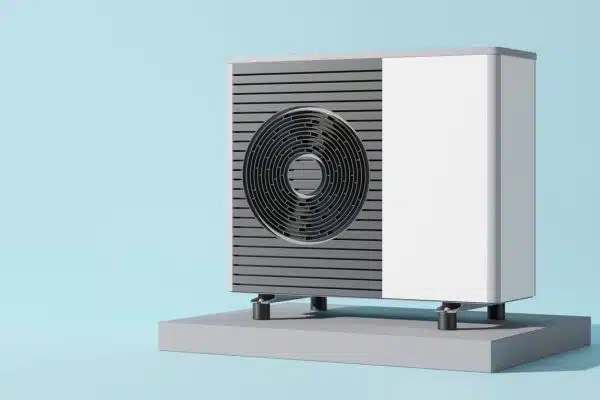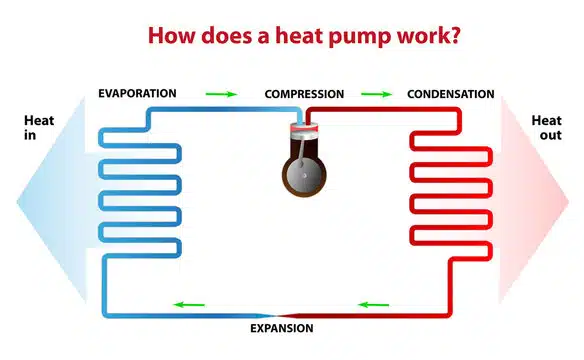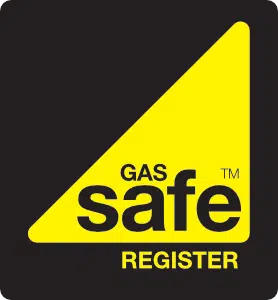Renewable Energy
Renewable Energy Installation
Over the past decade, the UK has cut carbon emissions by more than any similar developed country.
What is Renewable or Alternative Energy
When you hear the term ‘Alternative Energy’ it’s usually referring to renewable energy sources too. It means sources of energy that are alternative to the most commonly used non-sustainable sources – like coal.
Renewable energy often referred to as clean energy, comes from natural sources or processes that are constantly replenished. For example, sunlight or wind keep shining or blowing, even if their availability depends on time and weather. A renewable energy source means energy that is sustainable- something that can’t run out, or is endless, like the sun.
What is the Boiler Upgrade Scheme
The Boiler Upgrade Scheme (BUS) will support the decarbonization of buildings. It will provide upfront capital grants to support the installation of heat pumps, and in some circumstances biomass boilers, in homes and some non-domestic buildings. The scheme will be open to properties located in England and Wales.
A new, flat upfront grant, the BUS comprises £450million of total support over a three year period.
The BUS allows consumers to apply for a one-off grant payment of:
- £5,000 towards the cost of an Air Source Heat Pump (ASHP) or biomass installation.
- Or £6,000 towards the cost of a ground-source heat pump (GSHP) installation.

How do Air Source Heat Pumps Work?

The best way to explain how a heat pump works is think how a fridge works. All the components of a heat pump are almost the same as a refrigerator, as they carry out the same functions. The main difference is a heat pump works in reverse to a fridge.
An air source heat pump works much like a fridge operating in reverse to heat your home. Outside air is blown over a network of tubes filled with a refrigerant. This warms up the refrigerant, and it turns from a liquid into a gas.
This gas then passes through a compressor, which increases the pressure. Compression also adds more heat- similar to how the air hose warms up when you top up the pressure in your cars tyres. These compressed, hot gasses now pass into a heat exchanger, surrounded by cool air or water. The refrigerant transfers its heat to this cool air or water, making it warm. And this is circulated around your home to provide heating. Meanwhile the refrigerant condenses back into a cool liquid and starts the cycle all over again.
Please be aware that biomass installations are only supported in limited circumstances, and solar thermal is excluded from the scheme. Installers will be required to lead the voucher application on behalf of the consumer. Homes and small non-domestic buildings on and off the gas grid, including owner occupiers, private landlords and custom-builds, are eligible for the BUS. New buildings and social housing will not be eligible for support. The consumer must have an EPC (Energy Performance Certificate) issued within the last 10 years to qualify.

